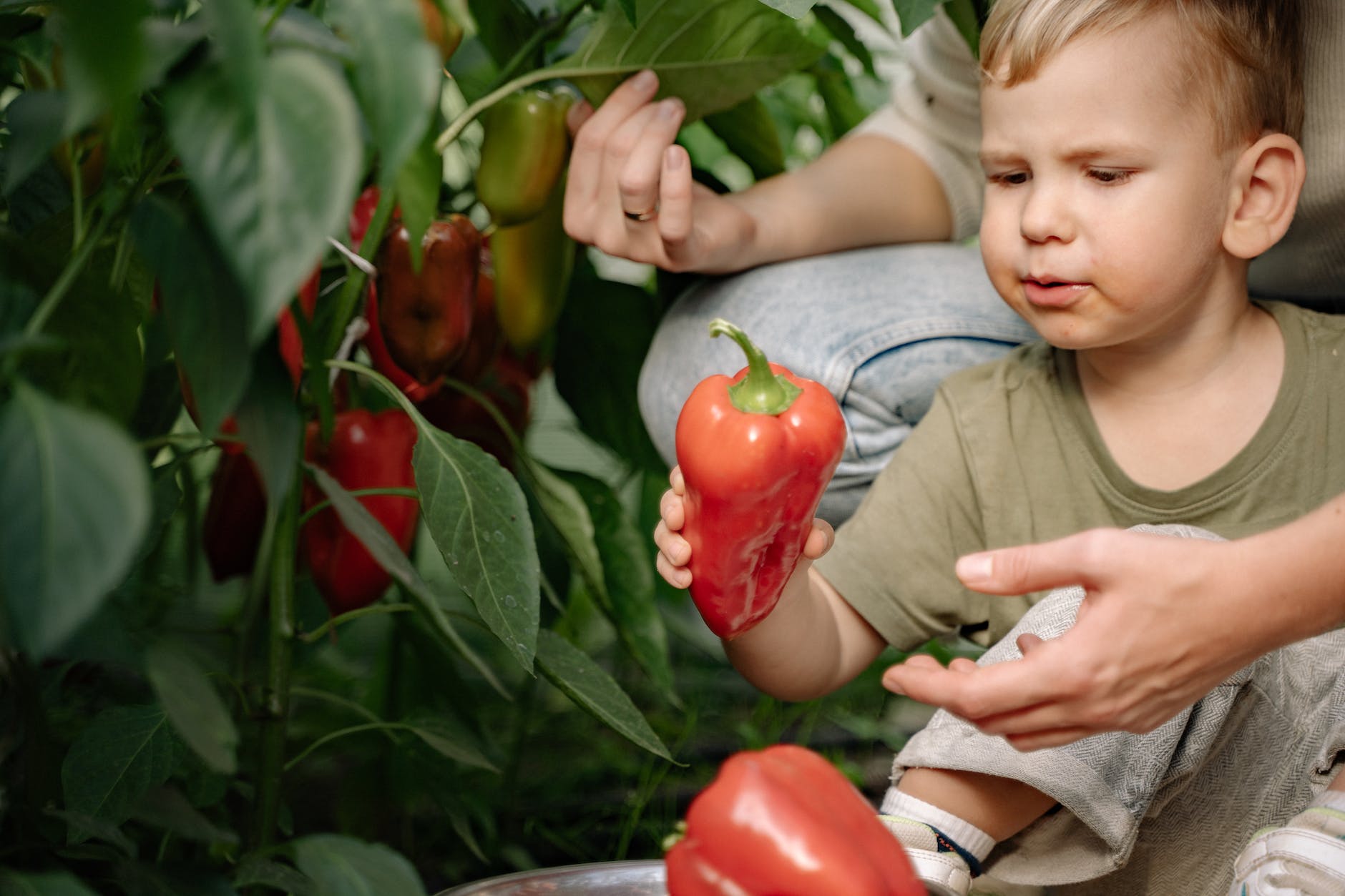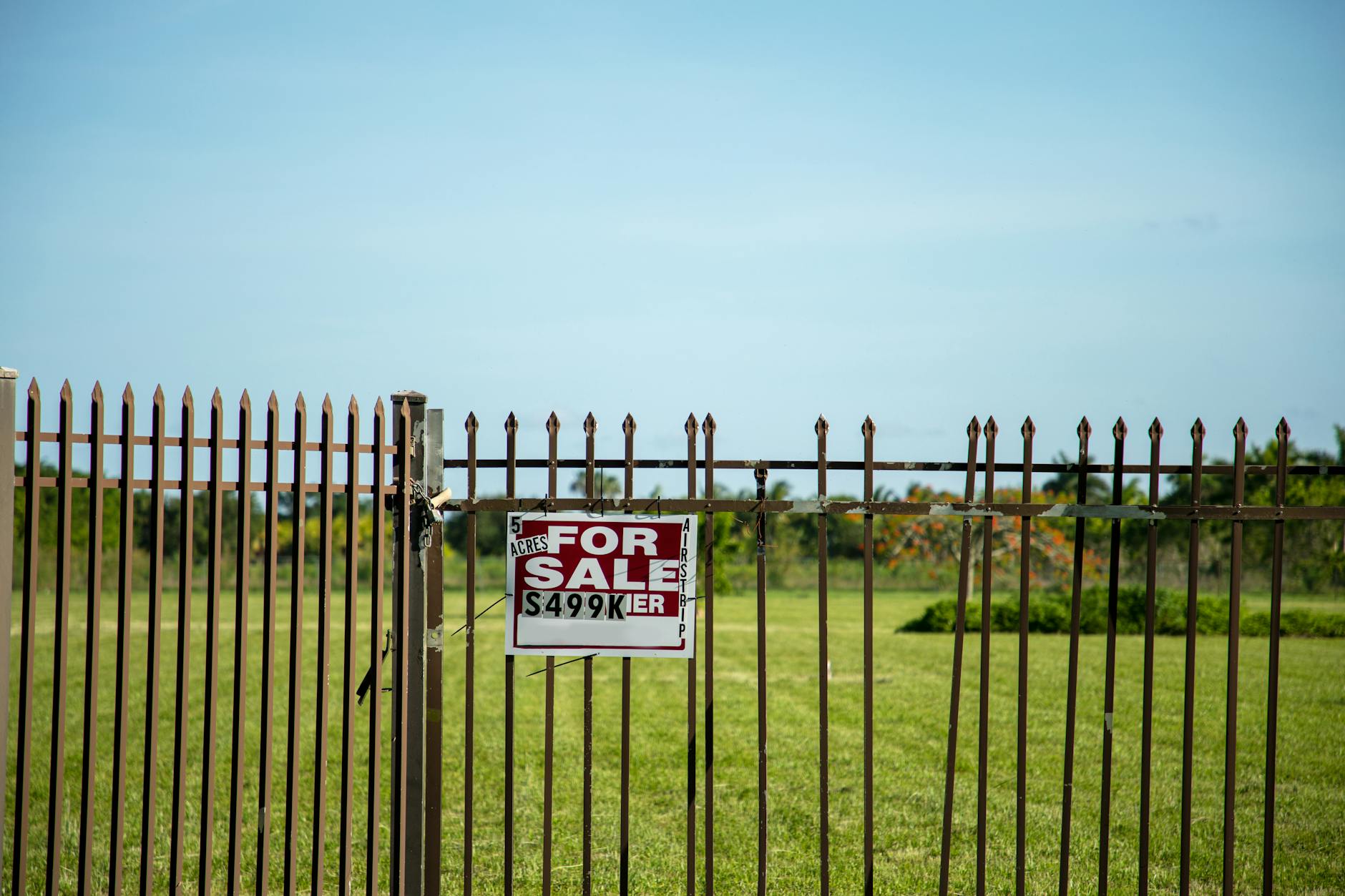Growing your own vegetables in your backyard is not only a rewarding and enjoyable activity but also a sustainable way to source fresh, healthy produce. Whether you’re a seasoned gardener or a beginner, here are some steps to help you get started:
Choose the Right Location:
- Select a sunny spot in your backyard that receives at least 6-8 hours of direct sunlight per day. Most vegetables thrive in full sun.
Prepare the Soil:
- Test your soil to determine its pH and nutrient levels. Amend the soil as needed to ensure it’s well-draining and fertile.
- Consider using organic compost or aged manure to enrich the soil.
Plan Your Garden:
- Decide which vegetables you want to grow. Start with easy-to-grow varieties like tomatoes, peppers, lettuce, and herbs if you’re a beginner.
- Consider the mature size of each plant and provide enough space between them.
Choose Quality Seeds or Seedlings:
- Purchase high-quality seeds or young seedlings from reputable sources.
- Read planting instructions and spacing recommendations on the seed packets.
Planting:
- Follow the recommended planting depth and spacing for each vegetable.
- Water thoroughly after planting to help the seeds or seedlings establish.
Watering:
- Water your vegetable garden regularly to keep the soil consistently moist but not waterlogged. Use a soaker hose or drip irrigation to conserve water.
Mulch:
- Apply a layer of organic mulch, such as straw or wood chips, around the plants to help retain moisture, suppress weeds, and regulate soil temperature.
Fertilizing:
- Use a balanced, slow-release organic fertilizer or compost to provide essential nutrients to your plants.
- Follow the recommended application rates and schedules for your specific vegetables.
Pest and Disease Management:
- Monitor your garden regularly for signs of pests or diseases.
- Employ natural pest control methods like companion planting and beneficial insects whenever possible.
- Use organic pesticides as a last resort.
Support and Pruning:
- Provide support structures like stakes or trellises for tall or vining plants.
- Prune and thin your plants as needed to encourage healthy growth and airflow.
Harvesting:
- Harvest your vegetables when they are ripe and at their peak flavor. Follow individual plant recommendations for harvesting times.
Continuous Care:
- Maintain your garden by regularly weeding, monitoring for pests, and adjusting watering and fertilizing as needed.
Keep Learning:
- Gardening is a continuous learning process. Read books, watch videos, and seek advice from experienced gardeners to improve your skills.
Enjoy Your Harvest:
- The best part of growing your own vegetables is enjoying the delicious, fresh produce you’ve nurtured. Share your bounty with family and friends!
List of Veggies which you can grow very easily,

Certainly, if you have limited space in your backyard, you can still grow a variety of vegetables with ease. Here’s a list of veggies that are well-suited for small backyard gardens or containers:
- Tomatoes: Choose compact or determinate varieties, which are well-suited for containers or small garden beds.
- Check detailed blog posted for Growing tomatoes with 14 easy steps.
- How to grow Tomatoes in Backyard with 14 Easy Steps
- Peppers: Bell peppers, mini sweet peppers, or chili peppers can be grown in pots or raised beds.
- Check detailed blog posted for Growing Peppers with 14 easy steps.
- How to Grow Peppers in Backyard with 14 Easy Steps
- Lettuce: Perfect for small spaces, lettuce can be grown in containers or shallow planting boxes.
- Radishes: These quick-growing root vegetables are ideal for small gardens and containers.
- Green Onions: Scallions or green onions can be grown in pots, window boxes, or small garden beds.
- Spinach: This cool-season green is suitable for small spaces and can be grown in spring and fall.
- Herbs: Culinary herbs like basil, cilantro, parsley, and mint can thrive in containers on a sunny windowsill or balcony.
- Microgreens: Grow a variety of microgreens in shallow containers on your kitchen counter or a sunny spot in your backyard.
- Cucumbers: Choose compact or bush cucumber varieties and use trellises or stakes to save space.
- Carrots: Plant smaller or baby carrot varieties in well-prepared soil, even in containers.
- Cherry Tomatoes: These small tomato varieties are perfect for containers, hanging baskets, or small garden beds.
- Patio Eggplants: Look for compact eggplant varieties designed for small spaces or containers.
- Container Potatoes: You can grow potatoes in containers, such as large pots or bags, even in limited space.
Remember to use vertical gardening techniques like trellises, stakes, and hanging containers to make the most of your limited space. Container gardening is a fantastic option for small backyards, patios, or balconies. With the right care and attention, you can enjoy a bountiful harvest even in the smallest of spaces.



